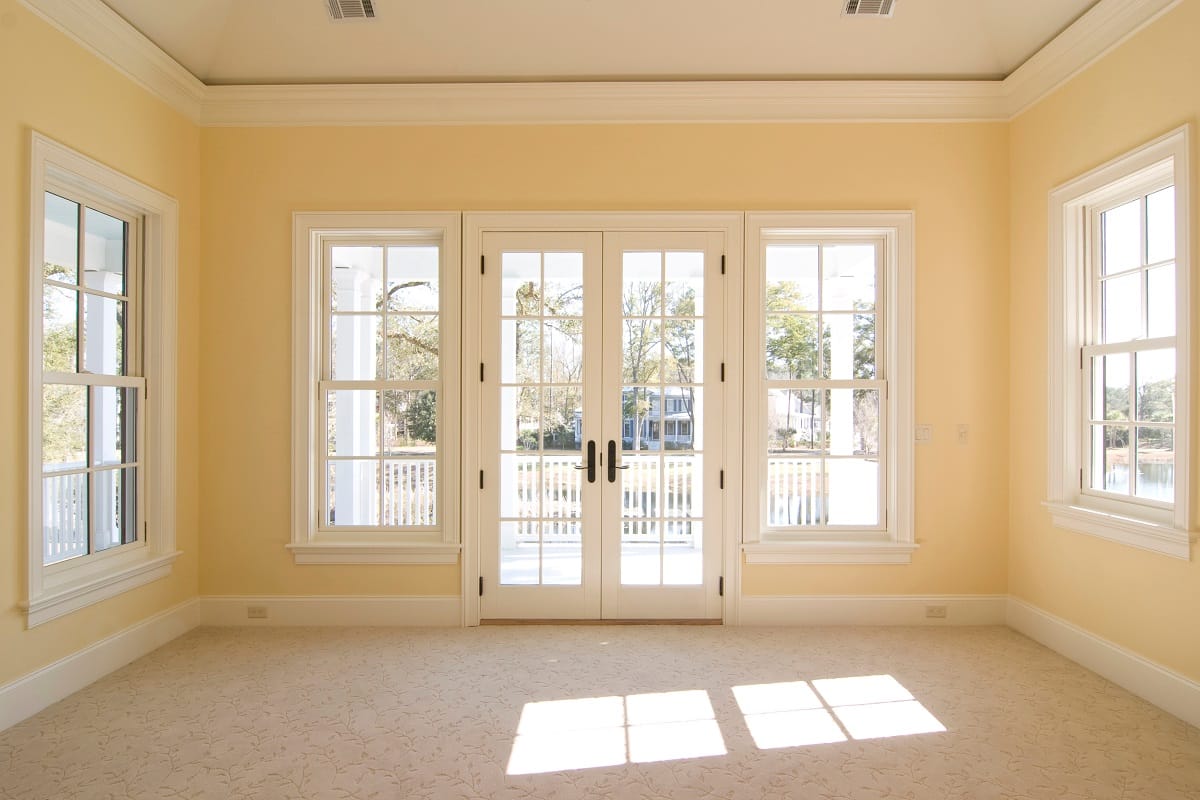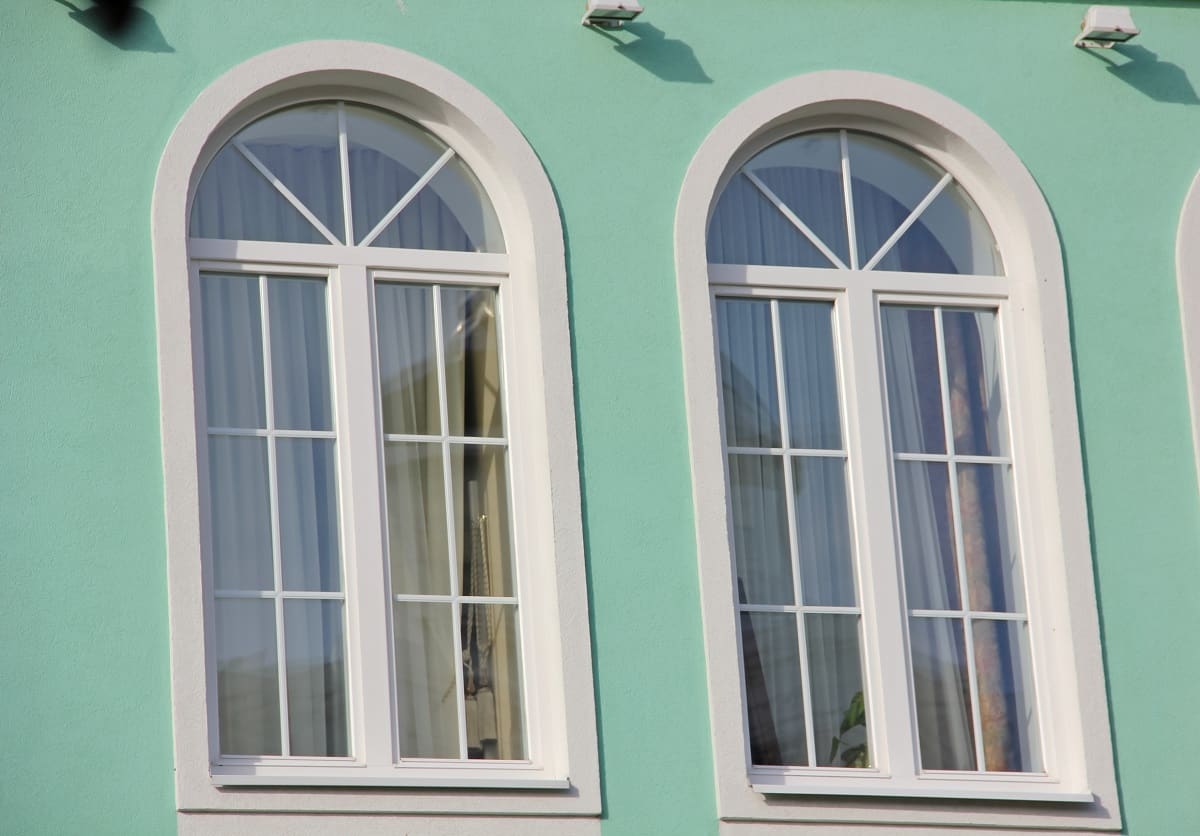Sash Window Heat transfer and your windows
You know how it feels when you’re sitting in a room with a window and the sun is shining in. The air around you feels warm, maybe even hot. But have you ever wondered how that heat gets into the room? It has to do with something called heat transfer.

Windows are a very important part of any home. They let in light and air, and can be a great way to save on energy costs. But did you know that windows also play a big role in heat transfer?Heat transfer is the process of heat moving from one place to another. In the case of windows, heat transfer happens when the sun’s rays hit the glass. The glass then absorbs the heat and transfers it into the house. This can be a good thing or a bad thing, depending on the time of year. In the winter, you want the heat to stay inside your house. But in the summer, you don’t want your house to get too hot. The difference between inside and outside temperatures makes some level of heat transfer inevitable. It’s the job of windows to reduce this transfer
What is heat transfer?
Windows are a big part of your home’s insulation system. They keep the heat in during the winter and the cool air in during the summer. But how do they do that?
Windows work by controlling heat transfer. Heat transfer is the movement of heat from one place to another. There are three ways that heat can be transferred: conduction, convection, and radiation.
- Conduction is the transfer of heat through solid materials.
- Convection is the transfer of heat through liquids and gases.
- Radiation is the transfer of heat through waves, like light waves or sound waves.
More heat transfer defintions
Heat flux is a measure of the rate of heat flow through a material. The more resistant to heat a window material is the less the heat flux.
Newton’s law of cooling states that the rate of heat loss of an object is proportional to the difference in temperature between the object and its surroundings. Barriers and materials that resist heat transfer help to ensure there is less transfer between the inside and outside of windows.
More about the three types of heat transfer: conduction, convection, and radiation.
Conduction is the transfer of heat through a material by molecular collisions. The molecules on the hot side of the material vibrate more, and these vibrations are transferred to the molecules on the cold side of the material. The more dense a material is, the better it conducts heat.
Convection is the transfer of heat by moving fluids. Hot fluids rise and cold fluids sink, so when fluids are heated they become less dense and rise. This movement of fluids creates convection currents that help to transfer heat evenly throughout an area.
Radiation is the transfer of heat by electromagnetic waves. All objects emit radiation, but hot objects emit more radiation than cold objects. Radiation can travel through a vacuum, so it can be used to transfer heat even in space!
How to calculate heat loss/gain through a window
If you’re interested in understanding heat transfer in windows, there are a few key points to know. One is how to calculate heat loss/gain through a window.
There are three main factors that affect heat transfer through windows: the conduction, the convection, and the radiation. To calculate the heat loss/gain, you need to know the U-value and the R-value of the window. The U-value is a measure of how well the window conducts heat – the lower the number, the better. The R-value is a measure of how well the window resists heat flow – again, the higher the number, the better.

You can use these values to calculate the heat loss/gain by multiplying them together and then dividing by the area of the window. This will give you an idea of how much heat is being lost or gained through your windows.
U value/R value
This is an important concept to understand in order to determine how effective a window will be in keeping heat inside or outside of a building.
U value is a measure of the rate of heat transfer through a material. The lower the U value, the better the material is at insulating. R value is the inverse of U value – it measures resistance to heat flow. So, the higher the R value, the better the material is at insulating.
SHGC
SHGC stands for Solar Heat Gain Coefficient and is a measure of how well a window blocks heat from the sun. The lower the SHGC, the less heat that comes through the window. This is important to know because it can help you choose the right windows for your home or office.
In hot weather, you’ll want to choose windows with a low SHGC to keep your home cool. In cold weather, you may want windows with a higher SHGC to let in more solar heat and help warm your home. Hard in the UK when we experience both.
VT
VT is the total heat transfer coefficient of a window assembly. It’s made up of the U-factor, solar heat gain coefficient (SHGC), and air leakage rate (ALR). The lower the VT, the better a window is at insulating against heat transfer.
What are some ways to reduce heat transfer in windows?
Some ways to reduce heat transfer in windows are to use low-e coatings, argon gas fills, and/or krypton gas fills. Low-e coatings reflect heat back into the room, argon gas fills reduce heat transfer by convection, and krypton gas fills reduce heat transfer by conduction.
Conclusion
You can also reduce the amount of heat that escapes by using window treatments. Curtains and blinds will help to keep the heat inside your house in the winter and out in the summer. You can also buy windows that have special coatings that help to reflect heat back into your house. These are called “low-e” windows.
So now you know a little bit about how heat transfer works in windows. Keep this in mind next time you’re shopping for new windows or trying to keep your house at just the right temperature!






